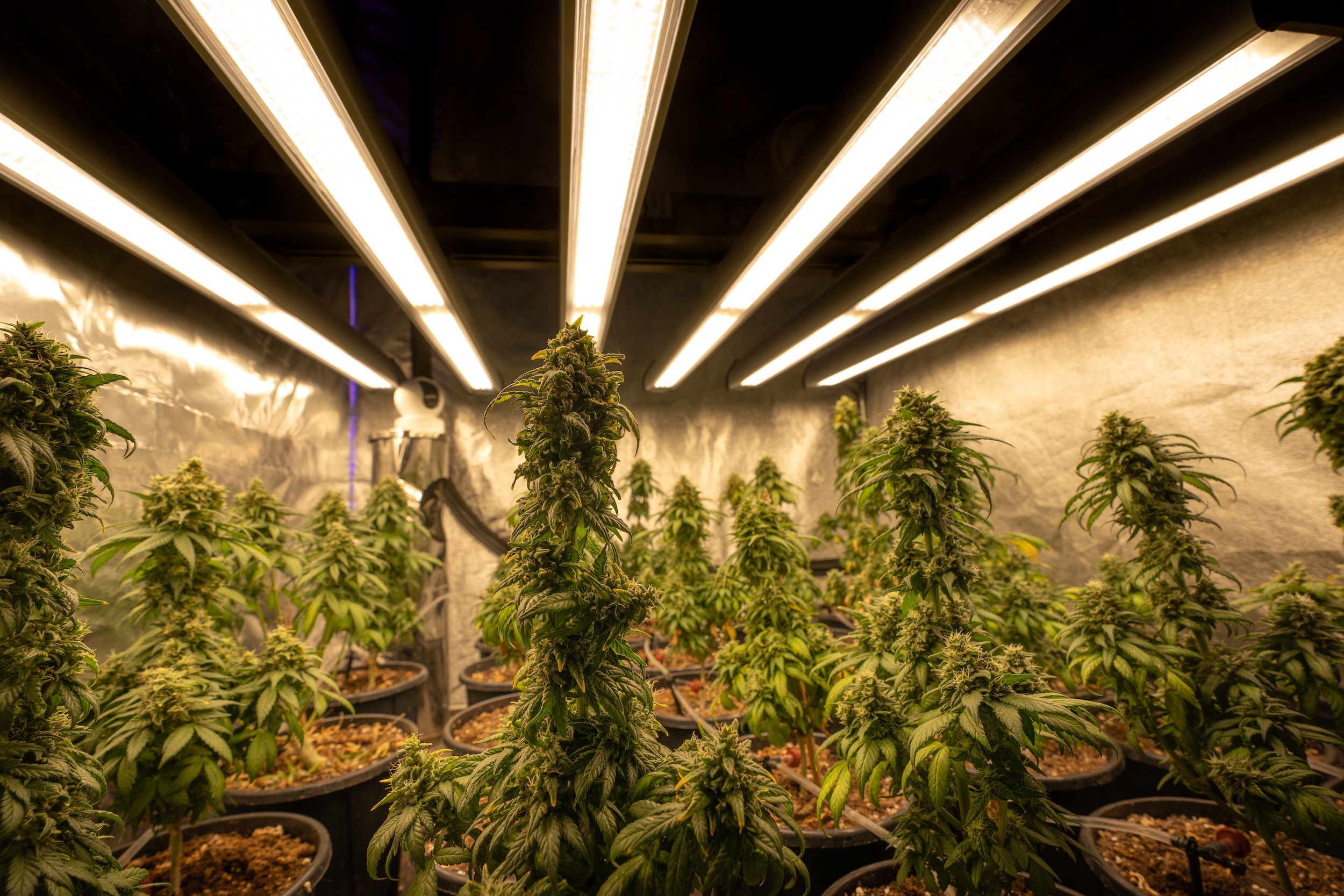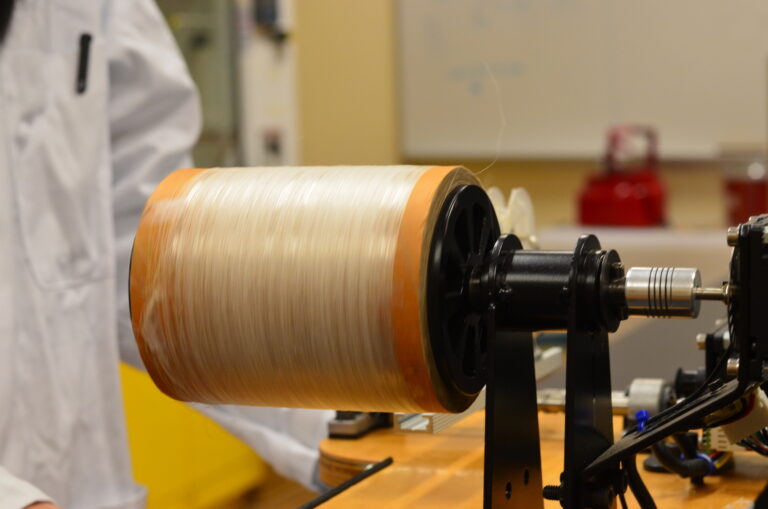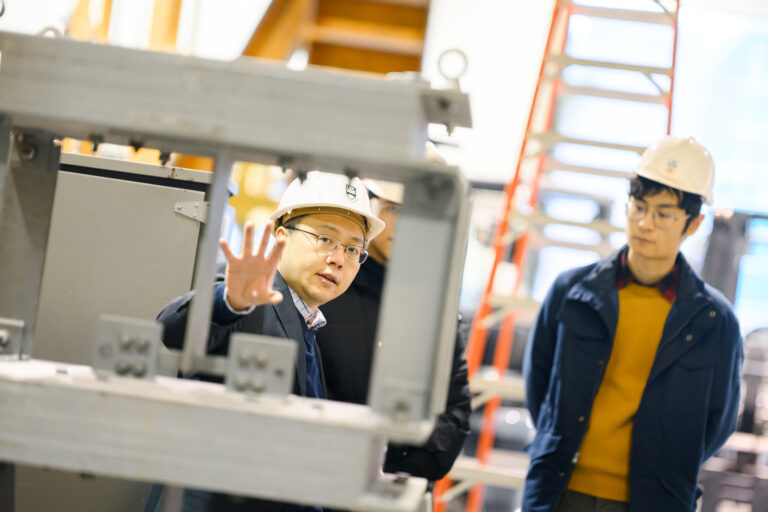Investigating the ‘skunk’ smell and other emissions caused by cannabis production
What exactly causes that ‘skunky’ odour emitted by cannabis production facilities, and what do these emissions mean for air quality, workers, and the general public?

Credit: Unsplash
What exactly causes that ‘skunky’ odour emitted by cannabis production facilities, and what do these emissions mean for air quality, workers, and the general public?
We should address these and other knowledge gaps while the industry is still developing, according to a new study led by Davi de Ferreyro Monticelli, a doctoral student in UBC’s department of earth, ocean and atmospheric sciences. In this Q&A, he discusses what’s missing in our knowledge about cannabis production emissions, their potential impacts on communities living nearby, and just how their smell stacks up against other odours.
How do you measure smell – and why do we do this?
One way scientists measure odours is through ‘dynamic olfactometry’ analyses, where people capture a sample of air near a known odorous source and bring it back to the lab so it can be sniffed by trained assessors. The sample is first diluted with clean air and then concentrated further and further until half of the assessment panel can smell it. When this happens, the level of dilution is converted into an odour concentration. This has been performed for many industries and operations, including cannabis facilities, waste and wastewater treatment, and livestock operations.
We found in the literature that a facility that grows about 1,700 cannabis plants can emit the same odour concentration as a livestock operation with about 30 pigs or about 1,600 chickens. So, although their smells are not the same, one cannabis plant might be equivalent to about one chicken with respect to the intensity of the odours it produces.
To date, cannabis smell has been linked to two classes of chemicals that are terpenes and volatile sulphurous compounds, which are volatile organic compounds. However, we do not really know which type contributes more to the odours, and a better understanding would help the industry and policy makers control odorous emissions more effectively.
What else don’t we know about the emissions from cannabis production facilities?
Our critical review identified 16 major gaps that we believe should be addressed by the scientific community, regulators, and industry. They start with the measurement of air quality in and around cannabis facilities. Most of the chemicals that are emitted react quickly in the atmosphere. Some of these can influence the formation of ultrafine particles and ozone at ground level, which are harmful to people and the environment. Because of the fast-changing nature of the chemicals released when cannabis is grown, we need to use real-time sampling instruments that can capture changes in the composition of the air within short periods to properly understand the impact of cannabis facilities on overall air quality.
Creating and maintaining a database of different cannabis strains and their emissions will improve the accuracy of cannabis cultivation emission inventories over time. Such inventories provide the basic information needed at the beginning of any air quality assessment.
Why is it important that we fill these knowledge gaps?
This is a relatively new industry which is growing with the rise in cannabis legalization worldwide. Effective emission control practices and environmental policies are needed before new industrial practices become entrenched, and addressing the gaps identified in our review is a first step.
We also looked beyond regulations to think about measures that could bring innovation or advantage to the industry. For instance, some studies claim that by controlling environmental variables such as temperature, humidity, and concentrations of volatile organic compounds, one can increase the relative value of the crop and even standardize the chemical content in the cannabis flowers.
Interview language(s): English, Portuguese (de Ferreyro Monticelli)



